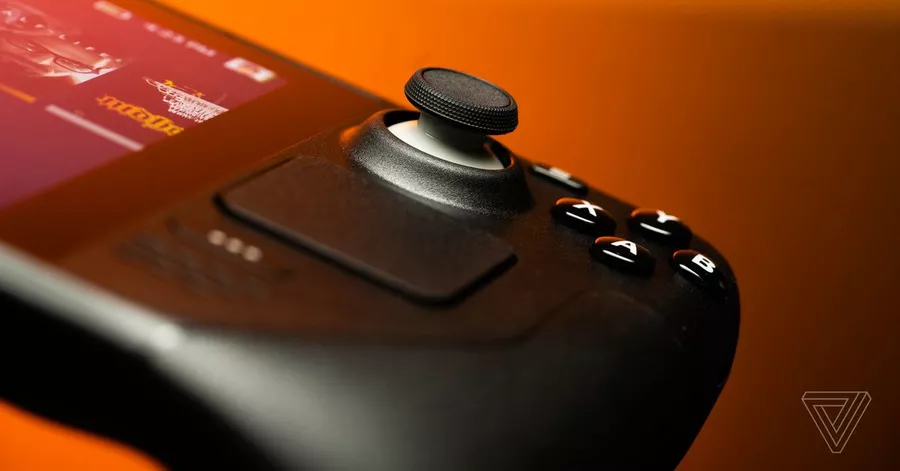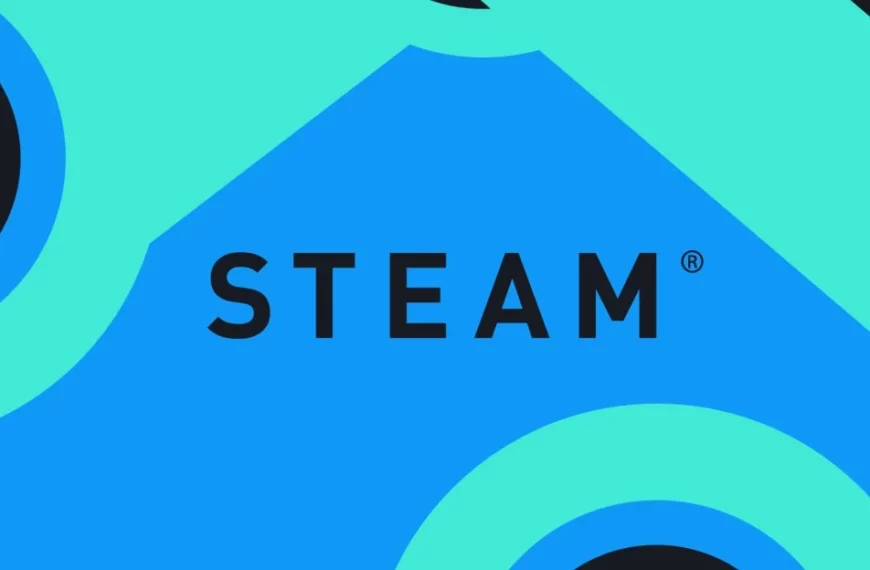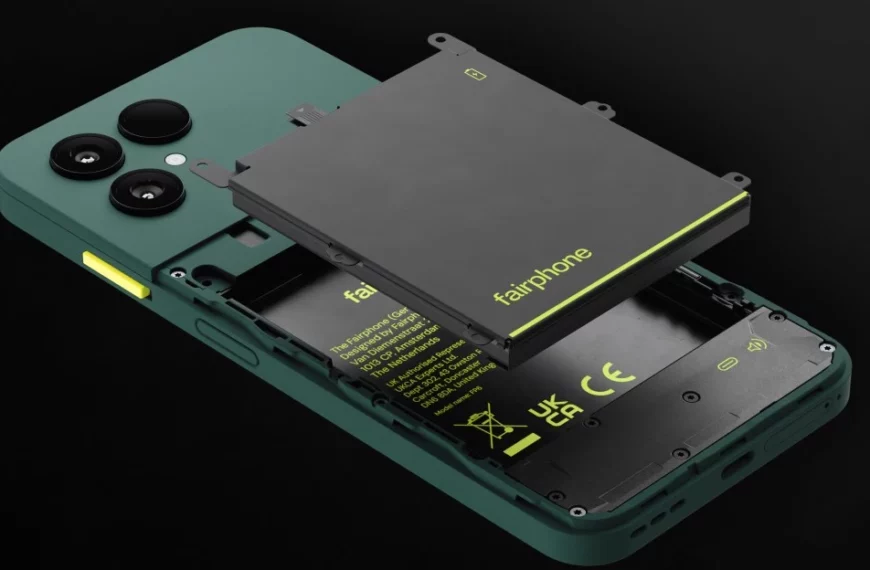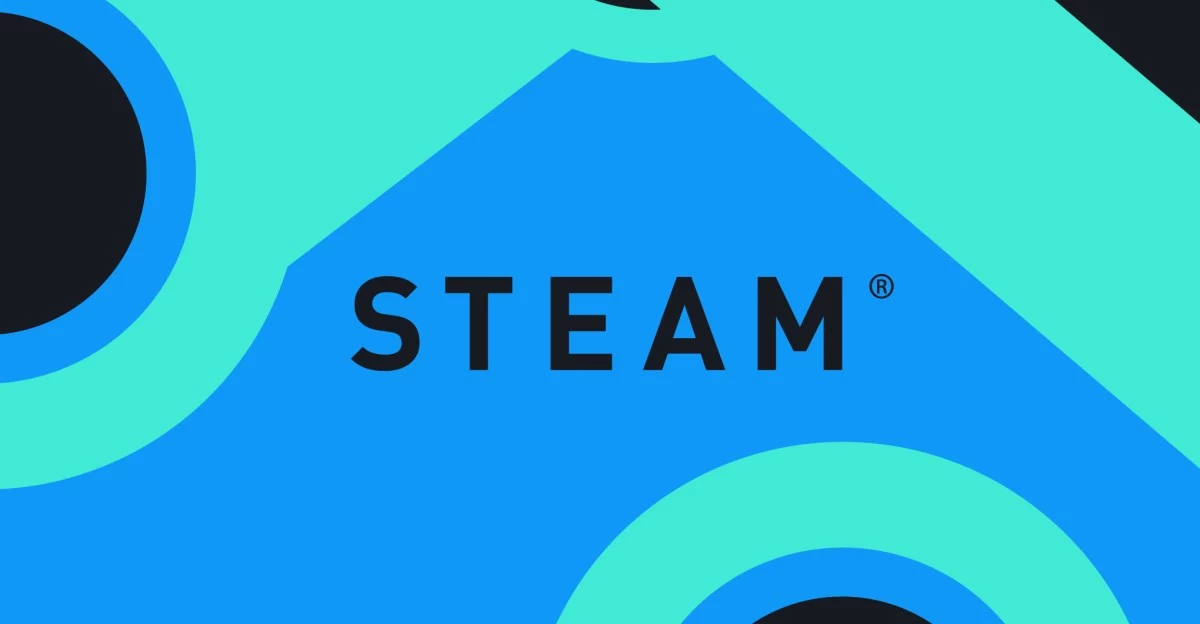Valve Poised to Challenge Gaming Giants with New Hardware Lineup
Valve Corporation, the company behind the popular Steam gaming platform, is reportedly gearing up to challenge industry titans Sony PlayStation, Microsoft Xbox, and Meta Quest in the gaming and virtual reality markets. Sources close to the matter reveal that Valve is developing a comprehensive SteamOS hardware lineup, which includes a wireless VR headset, trackable wands, a new gamepad, and a living room console.
The company’s ambitious plans extend beyond in-house hardware development, with Valve allegedly seeking partnerships with third-party manufacturers to create SteamOS-compatible devices. This strategy could potentially create a diverse ecosystem of gaming hardware powered by Valve’s operating system.
At the forefront of Valve’s new hardware lineup is a wireless VR headset codenamed “Deckard.” While details remain scarce, industry insiders suggest that this device could rival Meta’s Quest series in terms of functionality and performance. Accompanying the headset are trackable wands, known internally as “Roy,” which are expected to enhance the VR experience with precise motion controls.
For traditional gamers, Valve is reportedly developing the Steam Controller 2, codenamed “Ibex.” This new gamepad is said to build upon the innovative features of its predecessor while addressing user feedback. Additionally, a living room console codenamed “Fremont” is in the works, potentially positioning Valve as a direct competitor to established console manufacturers.
However, Valve faces significant challenges in its bid to disrupt the gaming and VR markets. Sony, Microsoft, and Meta have deeply entrenched positions, with loyal user bases and extensive game libraries. These companies have also invested heavily in exclusive content and cutting-edge hardware, creating high barriers to entry for newcomers.
Despite these obstacles, Valve’s recent success with the Steam Deck handheld gaming PC has exposed weaknesses in competitors’ business models. The device has tapped into consumer desire for a vast library of games accessible anytime, anywhere – a feature that traditional consoles struggle to match.
Valve’s vision extends beyond individual devices, aiming to build a comprehensive ecosystem of SteamOS hardware. This approach could create opportunities for PC and peripheral manufacturers to engage with Valve’s growing platform, potentially reshaping the gaming and VR landscapes.
As the gaming industry continues to evolve, all eyes will be on Valve to see if its ambitious hardware strategy can successfully challenge the established giants and carve out a significant market share in this highly competitive space.




 By
By
 By
By
 By
By
 By
By



 By
By
 By
By





![A person sits on a blue chair during a discussion at an event. They appear thoughtful, wearing a dark jacket and a light shirt, with a blue backdrop featuring the text "HUMAN[x]."](https://biztechweekly.com/wp-content/uploads/2025/07/metas-14.3b-scale-ai-investment-sparks-surge-in-competitor-growth-and-client-shifts-in-ai-training-market.webp)

